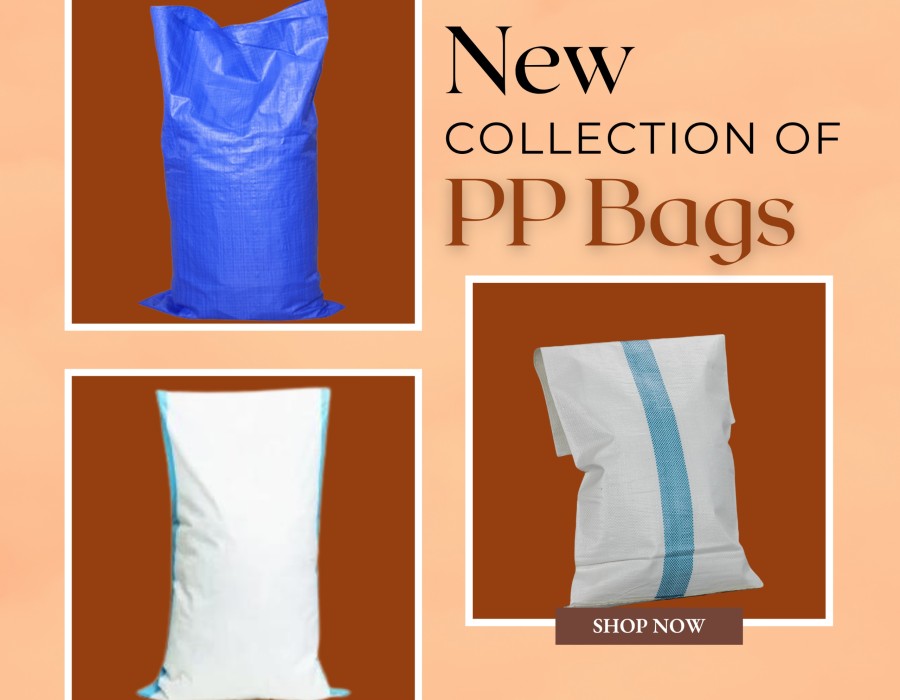Introduction
Polypropylene bags are widely used for their durability, versatility, and affordability. These bags, made from thermoplastic polymer, are popular in various industries due to their strength and flexibility.
Overview of Polypropylene Bags
Polypropylene bags are created from woven or melted polypropylene fibers, making them lightweight yet strong. Key benefits include:
- Durability: Withstands rough conditions.
- Reusability: Easy to clean and reuse.
- Eco-Friendly: Recyclable material.
Importance of Water Resistance in Bags
Water resistance is crucial for protecting contents from moisture, essential for items like electronics and documents. For polypropylene bags, water resistance depends on the fiber weave and any additional coatings. Understanding this helps in choosing the right bag for specific needs, ensuring contents remain dry and safe.
What Are Polypropylene Bags?
Polypropylene bags are a type of plastic bag made from polypropylene, a thermoplastic polymer known for its durability, lightweight nature, and resistance to chemicals and moisture. These bags are widely used in various applications, including grocery shopping, storage, and industrial use, due to their strength and ability to withstand rough handling and heavy loads.
Understanding Waterproof vs. Water-Resistant
Definitions and Differences
Waterproof materials provide a complete barrier to water, ensuring no moisture can penetrate. Water-resistant materials repel water to some extent but may eventually allow water through under prolonged exposure. Polypropylene bags are inherently water-resistant but not fully waterproof unless treated with special coatings.
Why It Matters for Polypropylene Bags
- Usage Scenarios: Choose waterproof for heavy rain or submersion; water-resistant is fine for daily use.
- Material Durability: Understanding water resistance helps ensure the bag's longevity and performance.
- Protection of Contents: Protect sensitive items by selecting the appropriate level of water resistance.
- Cost and Maintenance: Waterproof bags are pricier and need special care; water-resistant bags are budget-friendly for everyday use.
Knowing these differences helps you choose the right polypropylene bag for your needs, balancing protection, cost, and maintenance.
Water Resistance of Polypropylene
Polypropylene is widely used for its water-resistant properties, making it ideal for bags. Let's explore the key properties and factors affecting its water resistance.
Inherent Properties of Polypropylene
Polypropylene (PP) is inherently water-resistant due to its hydrophobic nature. Key properties include:
- Low Water Absorption: Repels moisture, ensuring contents stay dry.
- Chemical Resistance: Maintains integrity in various environments.
- Durability: Withstands wear and tear, preserving water resistance.
Factors Affecting Water Resistance
Several factors can influence the water resistance of polypropylene bags:
- Manufacturing Quality: Higher quality ensures fewer defects and better sealing.
- Bag Design: Well-sealed seams and closures enhance water resistance.
- External Coatings: Additional treatments can improve water resistance.
- Usage Conditions: Harsh weather can challenge water resistance.
- Wear and Tear: Regular use can affect water resistance; proper care is essential.
Understanding these aspects helps maximize the effectiveness of polypropylene bags in keeping contents dry.
Conclusion
In conclusion, polypropylene bags are durable, versatile, and affordable options for storage and transportation needs. While inherently water-resistant, they may require additional treatments for full waterproofing. Factors such as manufacturing quality, design, and coatings influence water resistance. With proper care, polypropylene bags offer reliable protection for belongings in various environments. Explore our resources for more on polypropylene bags and related topics.





Comments